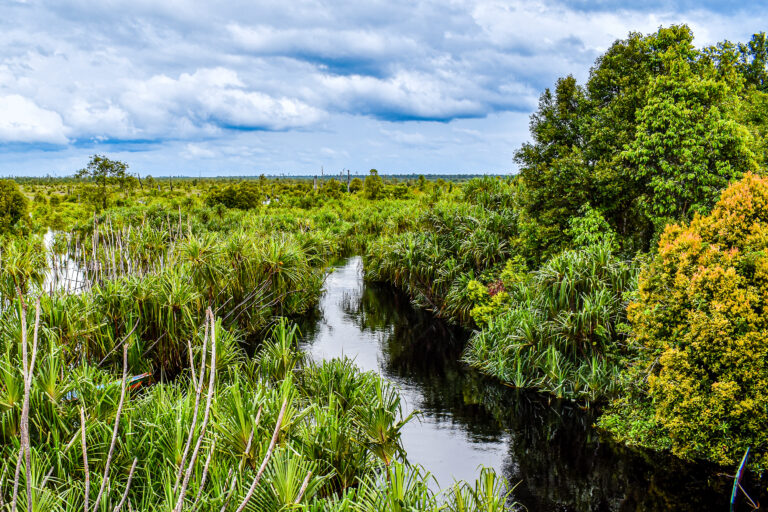The Climate Q&A.. with Arif Budiman, forest carbon and peatland restoration expert
Based in West Java, Arif Budiman is a technical advisor with more than 20 years of experience in nature conservation, sustainable development planning and forest carbon emission mitigation. In addition to his work with Winrock International, Budiman has managed environmental projects in Indonesia for the Worldwide Fund For Nature (WWF) and the U.N. Development Programme. His areas of expertise include natural forests, peatland restoration, REDD+ and sustainable palm oil. Budiman’s experience and skills include ecology, forestry and forest carbon accounting, spatial analysis, forest carbon measurement, reporting and verification, and low-emission development.
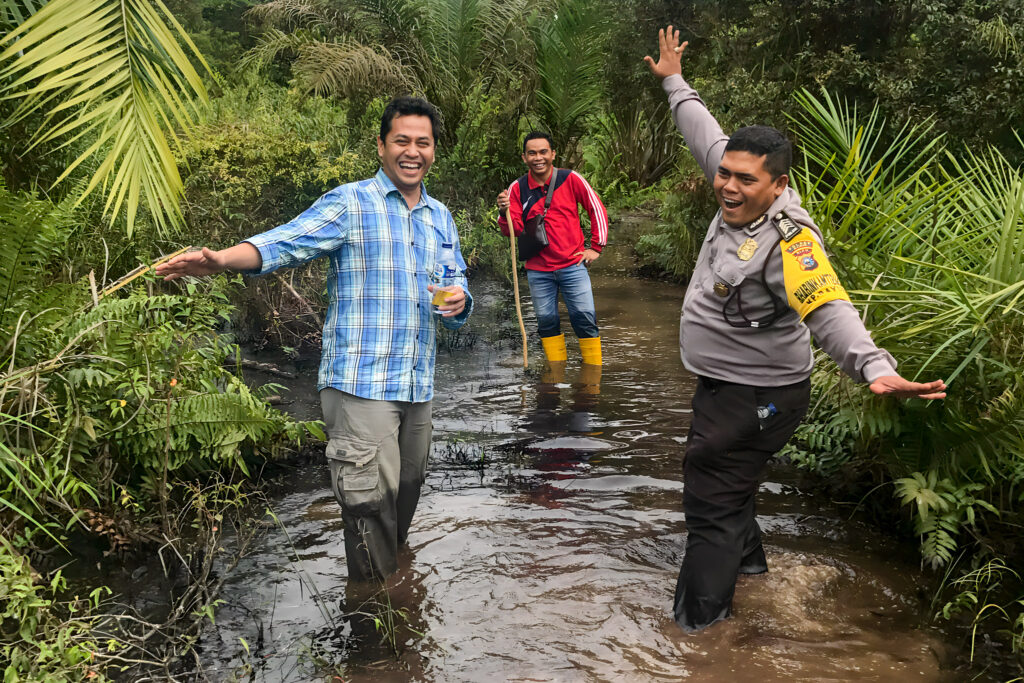
Addressing climate change and forest degradation across Indonesia – the world’s fourth most populous country ─ is urgent and has spurred increased action at the local government level across provinces and districts. What are some of the top local government and community priorities for climate action in Indonesia?
Local governments in Indonesia are increasingly recognizing the profound impact of climate change on development. The significant costs associated with recovering from climate change-related disasters, such as forest fires, droughts and crop failures due to extreme weather events underscore the necessity for development plans to account for these phenomena. Three regional government priorities for climate action in Indonesia are: 1) Mainstreaming climate change adaptation and mitigation; 2) Exploring climate friendly development alternatives; and 3) Seeking alternative financing.
Let me start with mainstreaming climate adaptation and mitigation. Integrating climate change adaptation and mitigation actions into development plans while aligning them with efforts to improve the community’s economy is very important across Indonesia. Why? Just consider our demographics and our geography. We now possess the fourth largest population in the world, and most of our people live in low-elevation coastal areas. We are a nation of islands with an almost entirely tropical climate, pierced by the Equator, with the Pacific on one side and the Indian Ocean on the other. Some reports rank our capital, Jakarta, as the world’s most vulnerable city to climate and environmental threats.
Adaptation and mitigation work involves conducting studies and developing policy documents and strategic plans related to the environment, while keeping sight of U.N. Sustainable Development Goals and related initiatives. I’m happy to say that promoting environmental sustainability and taking action has become routine, with an increasing number of regional leaders who prioritize environmental and community socio-economic concerns becoming elected and gaining support from the Indonesian people.
On the second priority ─ seeking alternative, climate-friendly development activities that support economic growth ─ the emphasis needs to go beyond “business-as-usual” practices. Despite temporary financial losses associated with some climate-friendly alternatives such as non-burning land clearing compared to traditional methods, local governments are emphasizing law enforcement for company concessions and fostering cooperation between companies and communities to mitigate these challenges. Additionally, initiatives like planting peat-friendly commodity crops, known as paludiculture, instead of oil palm or acacia trees, are being promoted to prevent land and forest fires, but also to reduce emissions and prevent environment degradation.
Supported by organizations like the Climate and Land Use Alliance, Winrock advocates, supports and prioritizes activities like planting degraded peatlands with peat-friendly commodities to ensure sustainable economic sources and prevent decomposition and peatland fires. Similarly, Winrock and its diverse partners promote efforts to prevent conversion of peatlands through improved preservation and management of village forests, which includes preserving economically valuable forest plants like sago and mahang wood.
In terms of alternative financing, the national government provides several schemes through various fiscal policies for climate change mitigation activities. However, the requirements and bureaucracy in accessing them are quite heavy for local governments. Regional governments are actively preparing policies and documentation to meet these requirements and are actively seeking assistance from donors, foreign aid projects and nongovernmental organizations involved in climate change-related activities to supplement their efforts.
How did the CLUA-funded project that Winrock previously implemented in Indonesia help local stakeholders make progress toward their low-emission and sustainable development goals? Has dialogue between stakeholders increased, and if so, how is that making a difference?
The CLUA project encompassed various activities to support low-emission and sustainable development goals. At the grassroots level, Winrock collaborates with local NGOs and communities to initiate forest conservation and emission mitigation efforts through social forestry projects. Simultaneously, at the provincial and district levels, Winrock assists local governments in policy formulation to facilitate emission mitigation initiatives by regions and communities. Recognizing the necessity for clear national-level policy support for the regional level, Winrock is engaged in collaborating with the Ministry of Home Affairs to translate emission mitigation policies into regulations aligning with Indonesia’s commitments under the Paris Agreement.
Another way we approach this is through capacity building and incentive opportunities. With CLUA support, Winrock has conducted capacity-building activities for regional governments, NGOs and communities to enhance their capabilities in emission mitigation efforts. Winrock has explored incentive opportunities under Presidential Regulation No. 98 – 2023, which focuses on the economic value of carbon. This involves two schemes: 1) Setting up results-based payment; and 2) Establishing a carbon market. Both of these provide distinct approaches to emissions mitigation for regions and stakeholders. Assessments of regional initiatives conducted by Winrock reveal significant potential for obtaining incentives from emission mitigation efforts. Once the policy and regulatory framework is established, these initiatives can be further promoted as part of the national effort, including Indonesia’s Nationally Determined Contributions. (NDCs are the climate action plans that each country has committed to as part of the Paris Agreement; they outline the steps a country intends to take to reduce GHG emissions and adapt to the impacts of climate change.)
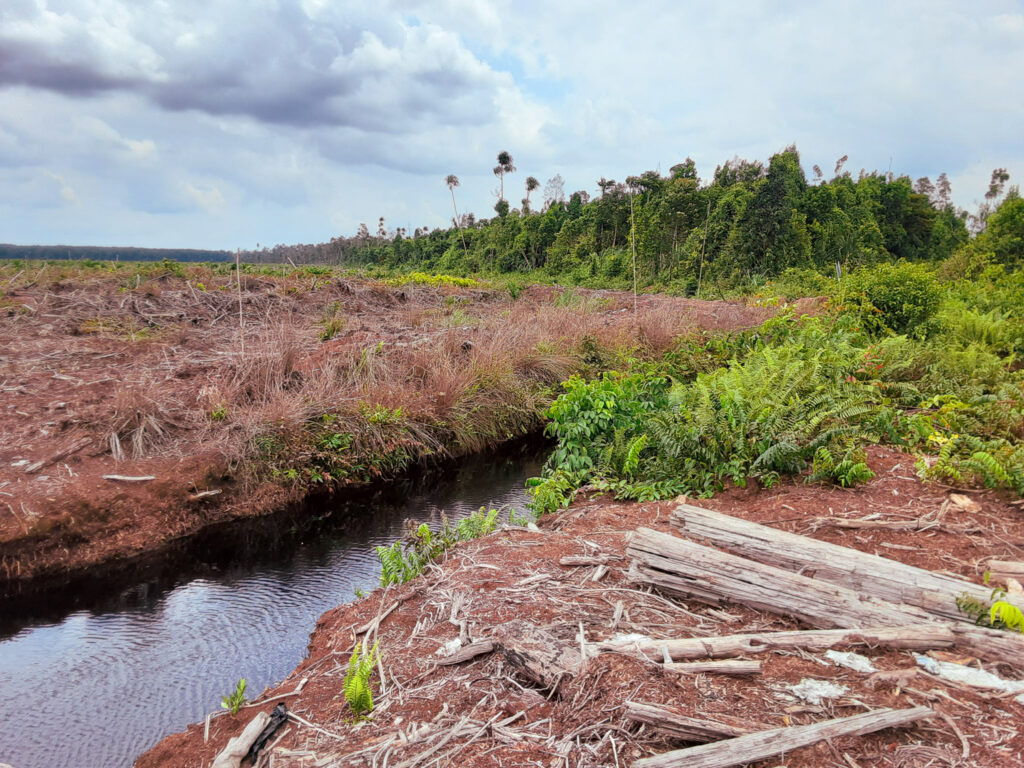
One exciting impact of the CLUA project is that communities are now taking a stronger interest in and are more committed to actively participating in forest conservation efforts through initiatives like village forests and peatland and mangrove restoration. How does the social forestry approach increase community involvement in creating economically and environmentally viable wetland solutions?
At the project’s outset, Winrock and CLUA embarked on supporting social forestry activities in peat forests, despite challenges. Peatlands are often considered marginal lands, and communities in the past have had a limited understanding about the kinds of environmental services peatlands can provide beyond timber production and oil palm plantations. However, recognizing the potential for learning and restoration, Winrock initiated activities focusing on peat-friendly commodities like native sago palm plants and carbon conservation projects. Restoration efforts involved collaboration with stakeholders to explore paludiculture (farming wetland-tolerant crops), while conservation efforts required addressing technical and policy considerations.
A range of government policies, regulations and incentives also supported the project. Communities are now increasingly aware of the economic losses associated with wetland degradation, particularly in peat and mangrove ecosystems. Cases of abrasion and declining marine resources directly impact livelihoods that are dependent on mangroves. This support, coupled with the recognition of economic risks, has fostered community optimism and engagement in wetland conservation and restoration initiatives. Strong support from NGOs, the private sector and donors has bolstered community involvement in these efforts.
What is the Carbon Accounting Framework and Roadmap?
Carbon accounting serves as the fundamental tool for evaluating the effectiveness of emissions reduction efforts. It provides a standardized approach for tracking emissions and assessing progress towards national commitments, such as NDCs, aligned with global climate targets of limiting warming to 1.5-2 degrees Celsius. While the technical methodologies for carbon calculations are standardized, each country may adopt a unique approach tailored to its specific context.
In Indonesia, the carbon accounting process involves establishing national baselines and targets, followed by the calculation of emissions reductions at regional or subnational levels and across different sectors. Regions are tasked with determining their baseline emissions based on national calculations and setting achievable targets aligned with their capacities. This decentralized approach ensures that emission reduction efforts are tailored to regional contexts and capabilities, with active participation from local stakeholders contributing to regional targets.
The Carbon Accounting Framework and Roadmap play a crucial role in guiding and standardizing the carbon accounting process. By providing clear guidelines and procedures, they ensure consistency in calculations, prevent double counting, and enhance transparency in the process and outcomes. This enables comparisons across regions and facilitates the tracking of progress using established standards. The efforts undertaken by organizations like Winrock to support regions in developing their carbon accounting capacities, exemplified in initiatives in Riau Province and Siak Regency, are vital. These efforts ensure that all contributing parties are accounted for, allowing for the calculation of target achievements and the fair distribution of incentives based on performance.
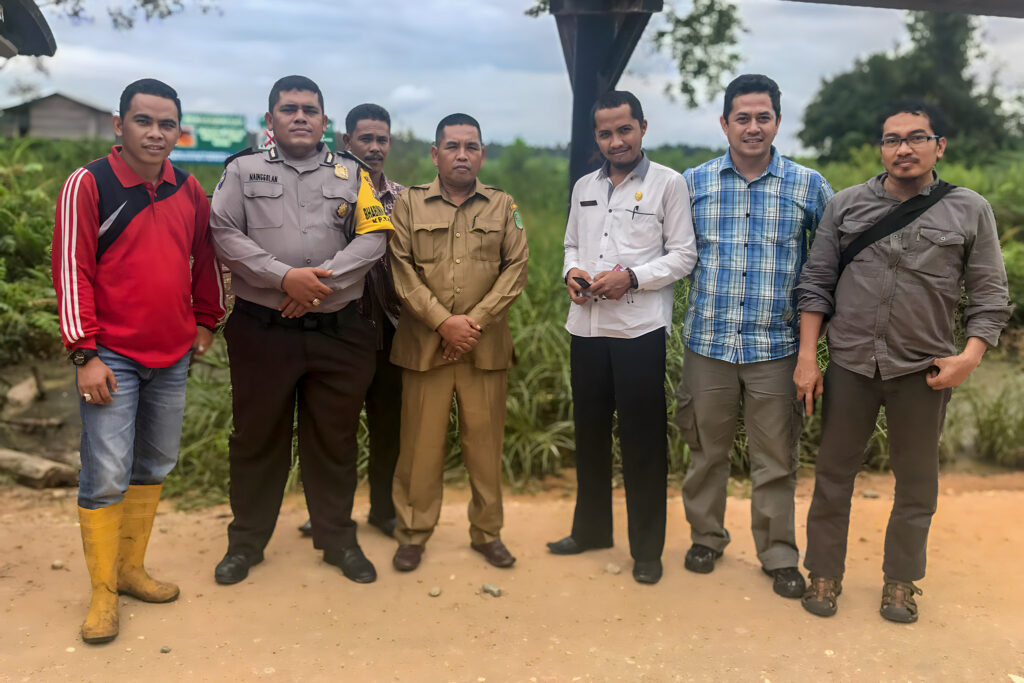
Winrock collaborated with the University of Riau and the Regional Office (Bappedalitbang Riau) to provide technical training to calculate baseline carbon emissions in the forestry and land-use sectors. What did these trainings cover, and why is calculating and understanding baseline carbon emissions important?
The training sessions conducted by Winrock in collaboration with the University of Riau and the Regional Office covered multiple stages aimed at enhancing the capacities of various stakeholders. At the community level, the focus was on fostering an understanding of the environmental services provided by forests and the significance of carbon in forest ecosystems. This involved practical exercises such as calculating forest/vegetation carbon standing stock to develop emission factors for forest management units and NGOs. Additionally, the establishment of vegetation-permanent sample plots served as educational tools for students to study peat forest vegetation, with all vegetation types having their carbon values and weights calculated. The data from these plots can serve as a valuable reference for national level emission factor values.
The trainings were important because they helped increase understanding of Indonesia’s commitments and policies regarding emissions mitigation under the Paris Agreement. Participants learned about relevant laws, regulations and implementation schemes alongside technical calculations required for establishing baseline emissions at the jurisdictional level. These sessions helped to raise awareness among stakeholders, including local governments, NGOs, and students about the critical importance of addressing climate change as a priority in development endeavors.
Can you tell us about Winrock’s support of initiatives like Green Riau and Green Siak, and how those collaborations contribute to climate action?
Winrock initiated project activities in Siak-Riau with a focus on emission reduction through a jurisdictional approach to peat and palm oil management. Recognizing that districts are frontline jurisdictions for low-emission development, Winrock believed that efforts must commence at the district level, where strategic policies can be formulated to support such endeavors.
Collaboration among various stakeholders forms the foundation for translating commitments into tangible actions, as seen in initiatives like Green Siak. These sustainable programs emphasize the importance of collective action and commitment towards green and sustainable development.As the [Siak] project progressed, Winrock extended its support to the provincial level, backing initiatives such as Green Riau. Given the multifaceted nature of environmental management, collaboration between districts, provinces and national authorities is essential. This collaborative approach ensures comprehensive management of forest areas and conservation zones, addressing complex environmental challenges effectively. Coordination between provinces, districts, and surrounding regions is crucial for the holistic implementation of green development programs.
By promoting jurisdictional green development and fostering alignment among stakeholders, Winrock aims to achieve sustainable development goals that benefit the broader community.
Related Projects
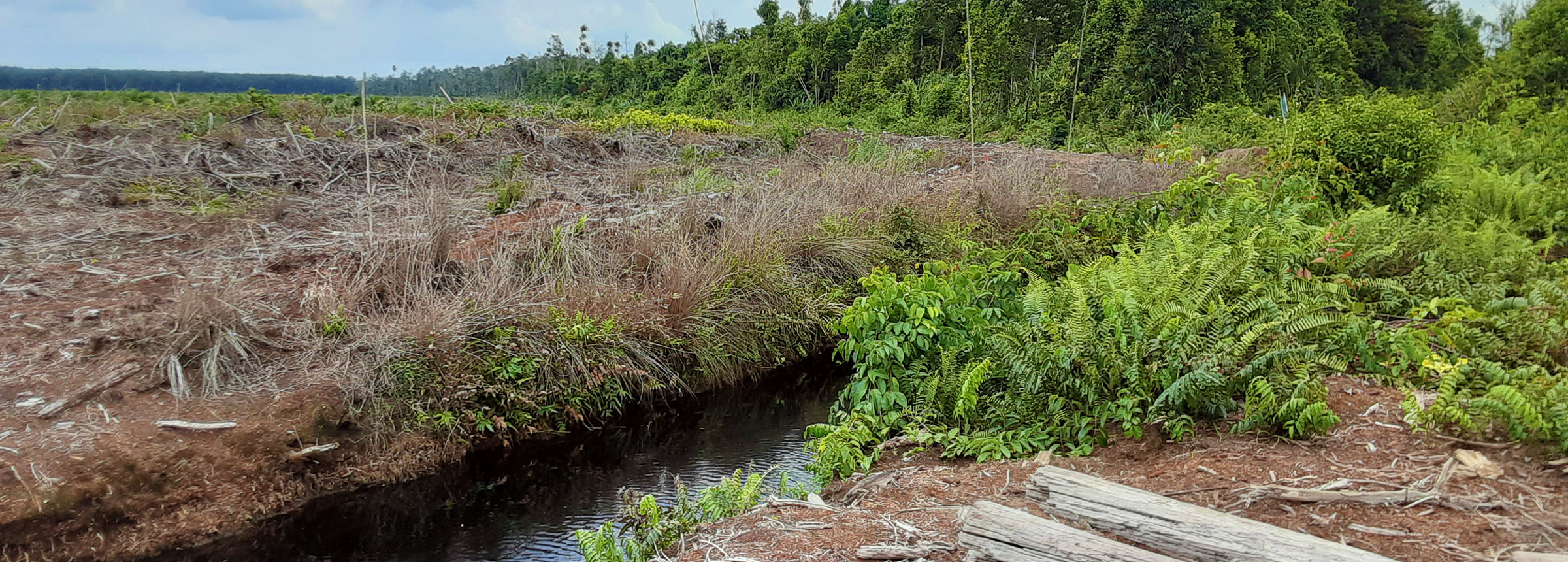
Protecting Peatland Forest Through a Social Forestry Scheme in Siak, Indonesia
The draining of carbon-rich peatlands in Indonesia for agriculture has led in recent decades to increasingly large fires and greenhouse gas emissions. Winrock is working with local communities to develop a set of peatland Social Forestry schemes in Indonesia’s Siak District to overcome the barriers to sustainable peatland forest management and promote the protection of […]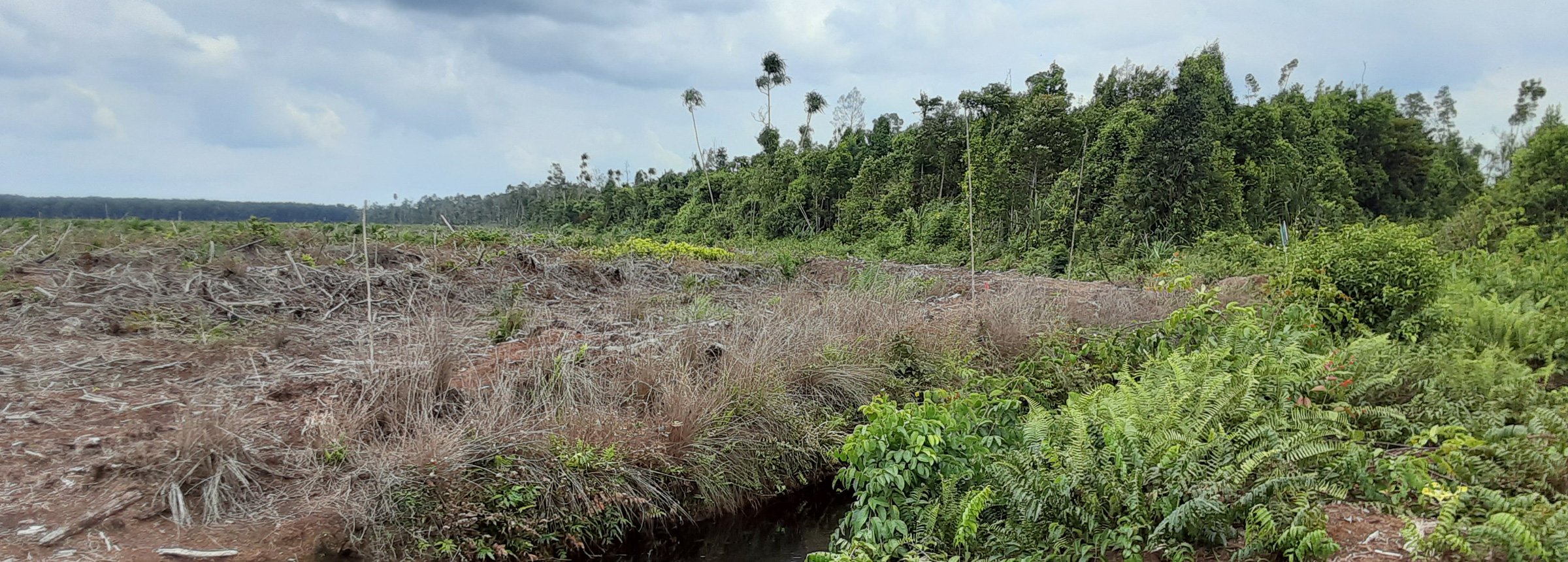
Sustainable Peatland Business Model
The degradation of carbon-rich peatlands in Indonesia has led to destructive wildfires and surging greenhouse gas emissions in recent years. Winrock is working with multiple groups in Indonesia to identify opportunities for peatland restoration, including the government of the Siak regency, Indonesia’s National Peatland Restoration Agency, the private sector and local stakeholders. These efforts target […]